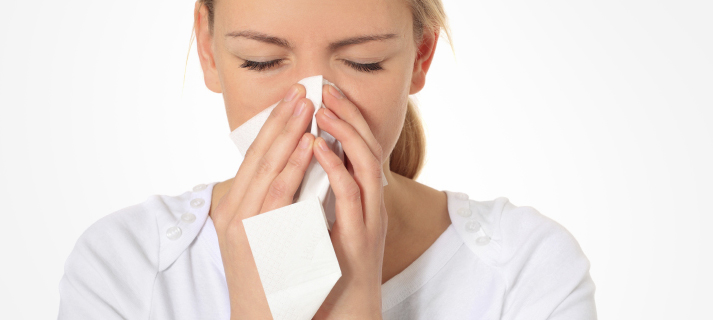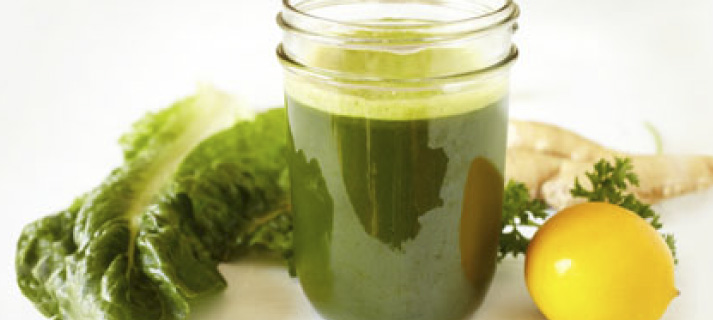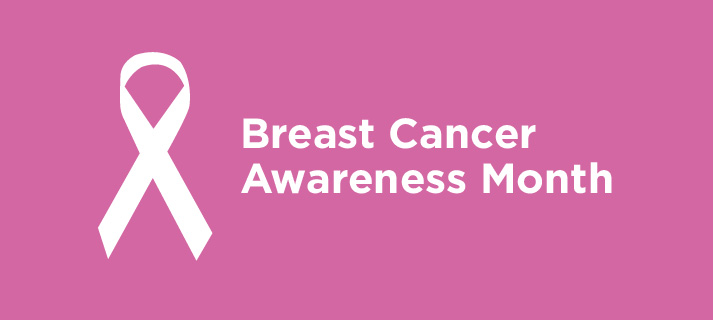Itchy eyes, runny nose, frequent sneezing, nasal congestion, sinus pressure—these symptoms sound familiar to those of us who dread the coming of fall and the ragweed pollen that arrives along with it.
Commonly referred to as “hay fever,” these symptoms can start as early as mid-August and linger through September and October. Besides causing the itching and the sneezing, hay fever can also compromise the immune system, making us more vulnerable to other illnesses as well.
So what can we do about it? Understanding how the allergy response works is a good place to start. Pollen is recognized by the immune system as an allergen and is labeled as an intruder. In response to the “intrusion,” the immune system releases several chemicals, including histamine. The release of histamine results in the familiar symptoms many of us experience. In addition to histamine, other molecules such as leukotrienes are released, which trigger the inflammation we experience as congestion.
1. Avoid Symptom-Aggravating Foods
Certain foods cross-react with ragweed pollen and may trigger or aggravate ragweed allergy symptoms. If you are having symptoms, try to avoid symptom-aggravating foods like bananas, zucchini, cucumber, and melons, and don’t take chamomile or Echinacea in any form, such as tea or tablets.
Many individuals may also find that removing dairy (especially cow milk products) and grains (especially wheat and other grains containing gluten) reduces the need to medicate. Also, limiting your nut intake to Brazil, pistachio, pecan, almond, and hazelnuts may reduce the intensity of symptoms./p>
2. Get the Right Nutrients
Several nutrients can alleviate allergy symptoms and reduce the symptoms of inflammation. Through diet, teas, or supplements, try to boost your intake of these potent nutrients:
- Omega-3 fatty acids, which help to reduce inflammation
Probiotics, which support and rebalance the immune system
Vitamin C, which offers antihistamine support
MSM (Methylsufonyl Methane), which exhibits anti-histamine potential when taken with vitamin C
DAO (Diamine Oxidase), the actual molecule (enzyme) that breaks down histamine
Stinging nettles, which reduce symptoms of allergies
Quercetin, a potent natural anti-inflammatory that reduces allergy symptoms when combined with stinging nettles
3. Keep a Healthy Home
When we first start feeling allergy symptoms, our instinct may be to take refuge indoors. Unfortunately, indoor air can be full of pollen too. Protect your living space and breathe more easily indoors by taking these simple steps:
- Continue running the air conditioner even if the weather is cool
Use HEPA filters in the bedroom and living room
Consider replacing carpets and curtains—which attract and hold pollen—with wood or bamboo floors and blinds
Vacuum and dust frequently
Use anti-allergy mattress and pillow covers
In addition to making these small changes to diet and lifestyle, consider using a Neti pot when severe congestion hits. This ancient Ayurvedic nasal irrigation tool is becoming more and more popular worldwide for its ability to clear the nasal passages and reduce pressure. Afraid to use it, or not sure how it works? We’ve found this how-to video to be very helpful
(Original Post on Boomshop)













